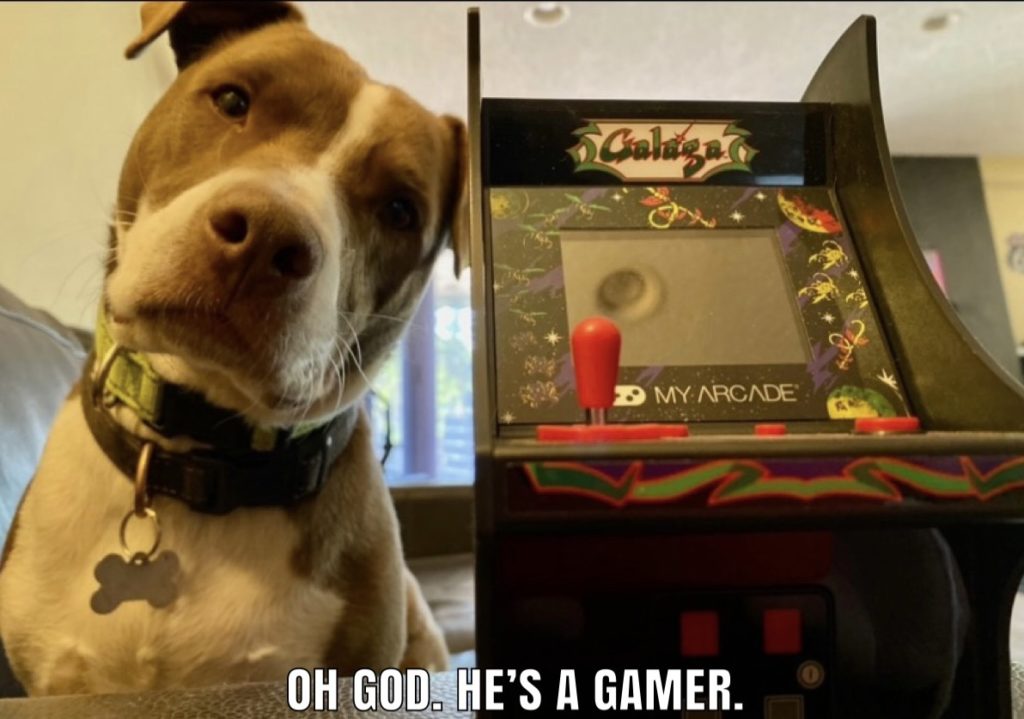Some dogs can understand 250 words.
Dogs are humankind’s best friend, and the canine ability to understand human words has gone a long way to solidify that world-changing relationship. According to the American Psychological Association, the average dog can understand 165 words, and “super dogs” — those in the top 20% of canine intellect — can understand around 250 words. Dog intelligence can be divided into three main types: instinctive (what the dog is bred to do), adaptive (what a dog learns from its environment), and working/obedience (what a dog is trained to do). Research into the levels of working/obedience intelligence in various dog breeds shows that border collies displayed the highest levels, followed by poodles, German shepherds, and golden retrievers. With the ability to also understand simple math (1+1 = 2, for example), these “super dogs” have an estimated cognitive ability of 2- to 2.5-year-old humans.
Although 250 words is already impressive, it’s by no means the absolute limit. The Einstein of the dog world is a border collie named Chaser. According to the journal Behavioural Processes, Chaser had the ability to recall and correctly identify 1,022 words. This far exceeds the vocabulary of any known dog, and pushes Chaser into the cognitive ability range of a 3-year-old. Now, that’s an extremely good girl.



